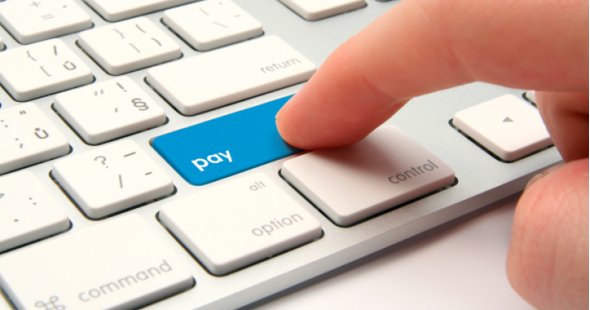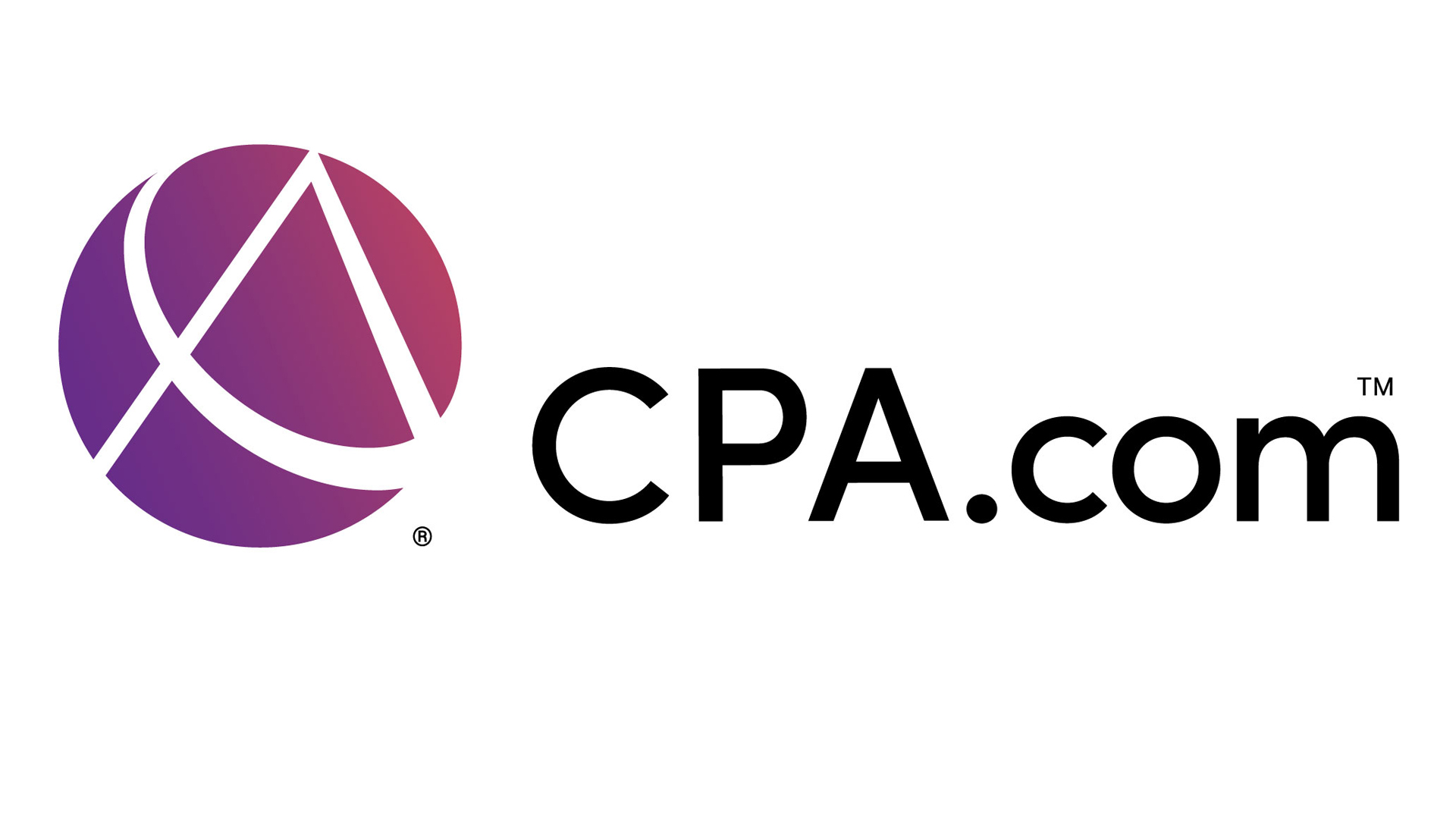Between 2010 and 2013, the Association for Financial Professionals (AFP) reported a 17% percent drop in organizations use of checks to make B2B payments. That’s 17% of businesses using fewer checks and making more invoice payments through alternative (electronic) methods.
Unfortunately, 2016’s survey paints a much different picture.
For the first time in the survey’s history, check usage increased. Yes, between 2013 and 2016 organizations wrote (slightly) more checks.
“…the use of checks in B2B payments has been steadily declining since 2004, [but] there has been a mere one-percentage-point increase in check usage since 2013.”
Which begs a few questions:
- Is it getting harder to implement check alternatives?
- Are we approaching a point of diminishing returns with electronic payments?
- Are organizations having to invest more to rely less on checks?
- Why has the once enthusiastic initiative to ditch paper checks begun to stutter?
It all comes down to how we’ve been wrongly thinking about electronic payments.
Another tool in your toolbox
Aside from checks, businesses have other methods, such as ACH, wire transfers, or some form of card (p-card, virtual card, etc.) to make invoice payments. Making payments electronically, then, means finding a solution that leverages alternative methods instead of checks.
Implementing an electronic payments solution isn’t about replacing one payment method (checks) for an electronic one—as in abandoning checks for ACH. Instead, it’s about harnessing every payment type—inclusive of checks—and using the most effective one.
AFP’s survey suggests a much different outlook.
Statements such as “organizations are more likely to have made greater progress integrating their ACH and paper check systems than with integrating their cards and wire system,” align with a binary approach to electronic payments. Here, electronic payment means organizations either use checks or use some other payment form—but not both.
This misses the point of electronic payments entirely. It’s not a race to abandon paper checks; it’s a way of joining many payment types together.
Electronic payments are about changing how a payment is initiated (or communicated), not the shape the payment takes.
If you can’t beat ‘em…
Instead of finding an alternative to checks—trying to dethrone the king—a better way to think of electronic payments is to join payments through abstraction.
Abstraction is a term used in computer science. It means higher-level details are ignored, so programmers use what’s necessary to them to get the job done.
You see abstraction at work whenever you order something online. Online retailers specialize in selling products; they don’t concern themselves with the specifics of how shopping cart software works. What matters to them is that your shopping cart order is paid for and shipped out.
This is what the electronic payments paradigm should be.
The “how” of how suppliers are paid should not concern accounts payable—just that suppliers are paid when instructed. Abstraction of electronic payments is how to handle many different types of payment methods and using the right method when instructed.
When you pay a supplier, payment method is often the least of your concerns.
Works today, works tomorrow
Redefining the electronic payments paradigm also makes electronic payments future proof—which also addresses another apprehension voiced by the survey:
“…any infrastructure change needs to be long-lasting. The payment industry is an ever-changing environment. As organizations examine new developments […], a wait-and-see approach may be the smartest decision for them.”
The survey, unfortunately, fails to acknowledge an essential part of the payments industry: it’s an ever-moving target; payment types and methods are always in flux.
Take for example ACH’s expansion to same-day payments, or nascent blockchain technology such as the bank-friendly Ripple network. Could these payment rails have been imagined a handful of years ago? Or better yet—do you know where the next payment advance will come from?
Abstracting electronic payments makes payments future proof.
Since the concept of electronic payment isn’t about paying by any one specific payment method, adding future payment types or technologies is merely a matter of “plugging in” a new payment standard.
So, whether it’s paying a supplier by a new type of wire transfer (ISO 20022) or through the newly enabled same-day ACH, both you and your electronic payments are ready for wherever the future may go.
Putting it all together
Conflating electronic payments with whatever-the-opposite-of-paper-checks-is is short-sighted. Electronic payment isn’t about forgoing checks for ACH, or card, or wire. No—it’s about ridding the organization from the time-consuming process associated with checks.
The idea of electronic payments is about making the payment instruction—the crux of the payment—electronically. After all, it has always been about making the payment process better; about finding the shortest distance between you and your supplier.
Ralph Perdomo is a Research Analyst at Nvoicepay and is passionate about technology and behavioral economics. He is a Miami native and graduate of Florida International University. When he’s not devouring information on the latest tech trends, you can find him marathon training.
Thanks for reading CPA Practice Advisor!
Subscribe Already registered? Log In
Need more information? Read the FAQs
Tags: Accounting, Digital Currency, Technology




